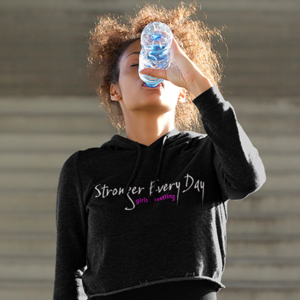Wrestling Tournament Preparation Guide: Your Roadmap to Success
Table of Contents
-
Introduction
- Embracing the Wrestling Journey
-
Understanding the Tournament Structure
- Navigating Formats and Schedules
-
Essential Gear and Equipment
- Preparing Your Wrestling Toolkit
-
Nutrition and Hydration
- Fueling for Performance
-
Comfort and Rest Between Matches
- Strategies for Downtime and Recovery
-
Mental Preparation
- Cultivating a Winning Mindset
-
The Support Team
- The Role of Parents, Coaches, and Teammates
-
Checklist for Tournament Day
- Your Essential Tournament Day Toolkit
-
Post-Tournament Reflection
- Learning from Each Bout
-
Conclusion
- Embracing the Journey of Wrestling
1: Introduction:
Step into the world of Emily, a passionate and dedicated young wrestler with dreams of making her mark on the mat. At 16, Emily represents the heart and determination of every young female athlete striving to excel in the intense and rewarding world of wrestling. Through her eyes, we’ll explore the critical aspects of preparing for a wrestling tournament, offering you an insider’s perspective on what it takes to be competition-ready.
Emily’s journey is not just about grappling techniques and pinning opponents; it’s a holistic quest involving meticulous planning, strategic nutrition, and mental resilience. From selecting the perfect gear to mastering the art of staying focused between matches, Emily’s experience provides a valuable blueprint for young wrestlers and their support teams.
Join us as we accompany Emily in her preparations for the upcoming state championship. Alongside her, we’ll delve into essential tips and tricks, covering everything from the best wrestling attire to managing nerves on the big day. This guide is more than a checklist; it’s a window into the life of a young wrestler aiming for the top.
So, get ready to be inspired, informed, and prepared for your next big tournament with Emily as your guide. It’s time to embark on a journey that goes beyond the mat – a journey of growth, challenge, and triumph in the world of wrestling.
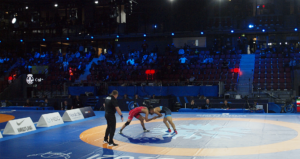
Section 2: Understanding the Tournament Structure:
Exploring the Various Bracket Types in Wrestling Tournaments:
For Emily, as well as any young wrestler stepping into the competitive arena, understanding the different types of tournament structures is crucial. Wrestling tournaments come in various formats, each with its unique set of rules and progression styles. Here, we focus specifically on the different bracket types commonly seen in these tournaments.
Double Elimination Brackets:
- Second Chance: Double elimination offers a safety net; if a wrestler loses once, they still have a chance to fight their way back through the consolation bracket.
- Resilience and Endurance: This format tests a wrestler’s resilience, requiring them to maintain peak performance even after a setback.
Round Robin Brackets:
- All Against All: Here, each wrestler competes against every other wrestler in their bracket. This format is often used in smaller divisions.
- Comprehensive Competition: Round robin allows wrestlers to showcase their skills across multiple matches, providing a thorough test of their abilities.
Dual Tournaments:
- Team Against Team: Dual tournaments focus on team competition. Here, teams compete against each other, with individual matches contributing to the team’s overall score.
- Team Strategy: This format emphasizes not only individual performance but also team strategy, as the outcome of each match impacts the team’s progress in the tournament.
Pool Tournaments:
- Initial Group Stage: Wrestlers are divided into pools or groups, and they compete within these groups.
- Advancing to the Finals: The top performers from each pool advance to the final brackets, where they compete for the top positions.
Understanding these different bracket types is essential for wrestlers like Emily. It helps in strategizing for each match, knowing the path to the finals, and mentally preparing for the challenges each format presents. Different tournaments may employ different structures, so being familiar with all types helps wrestlers adapt quickly to any competitive environment they encounter.
Section 3: Essential Gear and Equipment
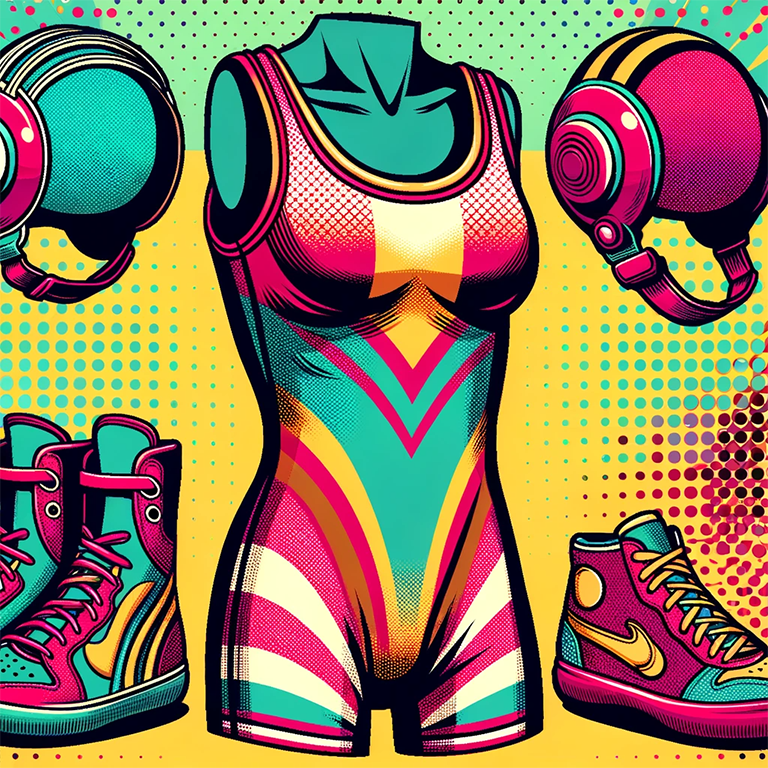 Gearing Up for Victory: Selecting the Right Wrestling Attire and Safety Equipment
Gearing Up for Victory: Selecting the Right Wrestling Attire and Safety Equipment
Emily knows that the right gear is a crucial ally on the mat. It’s not just about compliance and protection; it’s about feeling confident and ready. In wrestling, the choice of attire and safety equipment plays a pivotal role in a wrestler’s performance. Here’s how Emily gears up for success.
1. Wrestling Attire
- Singlets: The staple of a wrestler’s wardrobe. Emily picks a well-fitted singlet, ensuring comfort and agility during her matches.
- Wrestling Shoes: These specialized shoes offer the necessary grip and flexibility. Emily chooses a pair for optimal support and a snug fit.
- Headgear: A must for protecting ears and head, headgear should be worn in practice as well, ensuring a perfect fit for the tournament.
- Proper Undergarments: Comfort and function are key. Emily opts for seamless, snug underwear that stays in place under her singlet.
- Socks: Good socks can make a difference. Emily selects moisture-wicking ones for added comfort.
- Hair Ties: Essential for keeping long hair secure and out of the way during intense bouts.
2. Safety Equipment
- Mouthguards: Particularly for wrestlers with braces, mouthguards protect against oral injuries. Emily uses hers during practice too, ensuring it fits perfectly and is comfortable for the tournament.
- Knee Pads: Emily chooses knee pads that offer protection and allow freedom of movement, crucial for executing moves on the mat.
3. Additional Essentials
- Hygiene: Emily packs wipes to clean up quickly after matches, maintaining hygiene throughout the tournament.
- Spare Gear: She always carries extra singlets, socks, and hair ties for any unforeseen needs.
- Personal Touch: While customization isn’t an option, choosing gear in her favorite colors boosts Emily’s morale.
4. Practice Makes Perfect
- Training with Gear: Emily trains with her headgear and mouthguard to ensure they feel natural during competition.
5. Staying Within Regulations
- Rules Compliance: Before the tournament, Emily verifies that all her gear meets the specific regulations of the event.
Proper gear selection is more than just a checklist for Emily; it’s a ritual that prepares her mentally and physically for the challenges of the mat. By choosing the right equipment and ensuring its perfect fit and comfort, Emily steps onto the mat not just equipped but empowered.

Section 4: Nutrition and Hydration
Optimal Fueling Strategies for Wrestlers
Emily, like many wrestlers, faces the challenge of balancing nutrition and hydration for peak performance, especially when matches are scheduled soon after weigh-ins. Here’s how she navigates her dietary needs before and during the tournament.
1. Pre-Tournament Nutrition
- Balanced Meals: In the days leading up to the tournament, Emily focuses on meals rich in complex carbohydrates, lean proteins, and fresh fruits and vegetables, providing sustained energy.
2. Post Weigh-In and Pre-Match Nutrition
- Rapid Refueling: If a match is within an hour of the weigh-in, Emily opts for light, fast-absorbing foods. This includes options like bananas, applesauce, or a small portion of white rice.
- Portion Control: She eats just enough to fuel up without feeling heavy, avoiding large meals or heavy proteins and fats.
- Hydration: Immediate rehydration is crucial. Emily drinks water or an electrolyte drink to replenish fluids, avoiding carbonated beverages.
3. Maintaining Energy During the Tournament
- Timing and Selection: Emily eats a substantial but easily digestible breakfast 2-3 hours before her first match. Between matches, she opts for small snacks like nuts, yogurt, or fruit for sustained energy.
- Avoiding High Sugar: She steers clear of high-sugar sports drinks due to their potential for causing energy spikes and crashes. Drinks with natural sugars or low-sugar electrolyte solutions are preferred.

4. Hydration Strategies
- Consistent Fluid Intake: Emily sips water regularly to stay hydrated. She avoids large quantities immediately before a match to prevent bloating.
- Electrolyte Balance: Electrolyte-rich drinks help maintain her electrolyte balance, especially important after sweating during matches.
5. Listening to Her Body
- Personal Preferences: Emily pays attention to how her body reacts to different foods and adjusts her diet based on what gives her the best energy and comfort levels.
- Signs of Dehydration: She’s mindful of dehydration signs, such as fatigue or dark urine, and increases her fluid intake accordingly.
For Emily, managing nutrition and hydration is a crucial aspect of her tournament preparation. She understands that the right dietary choices can significantly impact her performance and endurance on the mat. By following these strategies, Emily ensures she’s physically and mentally prepared for the challenges ahead.
Section 5: Comfort and Rest Between Matches
Maximizing Downtime: Strategies for Physical and Mental Recovery
For Emily and any wrestler, the time between matches at a tournament is as crucial as the time on the mat. Proper rest and relaxation techniques not only aid physical recovery but also help maintain mental sharpness. Here’s how Emily finds comfort and rejuvenation during these intervals.
1. Comfort Essentials
- Extra Clothing: Emily packs additional clothing to stay comfortable. This includes layers that can be easily added or removed based on the temperature of the venue.
- Travel Blanket and Pillow: A compact travel blanket and pillow provide the necessary comfort for short naps or relaxation. These items are especially helpful if Emily has to wait for extended periods.
- Towels: Towels are essential for wiping sweat and freshening up between matches, helping Emily stay comfortable and focused.
2. Rest Strategies
- Short Naps: When time permits, Emily takes short naps to recharge. She sets alarms to ensure she wakes up with enough time to prepare for her next match.
- Deep Breathing Techniques: Deep breathing exercises are a key part of Emily’s rest strategy. They help her relax and refocus, especially important in high-stress tournament environments.
3. Mental Refreshment
- Temporary Mental Checkout: Depending on the tournament type and schedule, Emily might take short periods to mentally check out and refresh. This can be through reading, watching videos, or just closing her eyes and resting.
- Re-Engaging Before Matches: Emily needs to give herself enough time to re-engage mentally and physically before her next match. She ensures a balance between rest and staying mentally prepared for competition.
4. Supporting Teammates
- Cheering for the Team: While resting is important, many coaches encourage wrestlers to support their teammates during their matches. Emily balances her rest periods with time spent cheering on her team, which also helps her stay engaged with the tournament atmosphere.
5. Caution and Timing
- Awareness of Schedule: Emily keeps a close eye on the tournament schedule to ensure she doesn’t miss her next match.
- Physical and Mental Warm-Up: Before stepping back on the mat, Emily takes time to warm up again, both physically and mentally, to ensure she’s in peak condition for her next bout.
Managing comfort and rest between matches is a delicate balance. Emily’s approach ensures she stays physically rested and mentally alert, ready to face each challenge on the mat with renewed energy and focus.

Section 6: Mental Preparation
Building a Resilient Mindset: Key Strategies for Mental Strength
Emily knows that her mental game is just as crucial as her physical prowess in wrestling. She diligently practices mental preparation techniques, equipping herself with the tools needed to stay focused, confident, and resilient under the pressures of competition.
1. Deep Breathing: A Step-by-Step Guide
- Find a Quiet Space: Emily starts by finding a quiet spot where she can sit or lie down comfortably.
- Inhale Slowly: She inhales slowly through her nose, counting to four, feeling her chest and belly rise.
- Hold the Breath: She holds her breath for a count of four.
- Exhale Gradually: Emily then exhales slowly through her mouth for a count of four, feeling a sense of relaxation.
- Repeat: She repeats this cycle for a few minutes, allowing her mind to focus solely on her breathing.
2. Positive Self-Talk: Examples
- Before Matches: Emily tells herself, “I am prepared, I am strong, I can handle any challenge on the mat.”
- After a Tough Match: She reminds herself, “Every match is a learning opportunity. I’m improving with every bout.”
3. Goal Setting: Good vs. Bad Goals
- Good Goal: “I will execute my techniques as practiced and maintain my defensive posture.”
- Bad Goal: “I must win this match.” (As outcomes can be influenced by external factors beyond control.)
- Focus on Controllable Aspects: Emily sets goals that focus on her performance and strategies, which are within her control.
4. Keeping Perspective
- Accepting Ups and Downs: Emily understands that sometimes she might wrestle well and lose, or wrestle poorly and win. She learns to keep everything in perspective, focusing on her growth as an athlete rather than just the outcomes.
- Learning from Each Match: After each match, Emily takes a moment to reflect on what went well and what needs improvement. She keeps a journal to note these observations, which helps her in future training and matches.
5. Post-Match Reflection
- Giving Credit: Emily ensures she gives herself credit for what she did well, acknowledging her efforts and successes.
- Constructive Analysis: She also objectively looks at areas for improvement, setting goals for her next training session based on her reflections.
Through these mental preparation strategies, Emily cultivates a mindset that is not only focused and confident but also adaptable and resilient. This mental fortitude is key to her success and enjoyment in the sport of wrestling.
Section 7: The Support Team
Rallying the Team: Harnessing the Power of Support
Emily understands that her journey in wrestling isn’t a solo venture. The support she receives from her parents, coaches, and teammates plays a pivotal role in her development and success. This network provides encouragement, guidance, and a sense of community, all crucial for her growth both on and off the mat.
1. The Role of Parents
- Emotional Support: Emily’s parents provide unwavering emotional support, helping her navigate the highs and lows of competition.
- Logistical Help: They assist with travel arrangements, nutrition, and ensuring Emily has all the necessary gear and equipment for her tournaments.
- Positive Reinforcement: Encouragement and affirmation from her parents bolster Emily’s confidence and motivation.
2. The Role of Coaches
- Technical Training: Coaches are the cornerstone of Emily’s technical improvement, providing her with the skills and strategies needed for wrestling.
- Mentorship: They also serve as mentors, offering advice and guidance on mental preparation, sportsmanship, and handling pressure.
- Match Analysis: Post-match feedback from coaches helps Emily understand her performance and areas for improvement.
3. The Role of Teammates
- Training Partners: Teammates are crucial during training sessions, helping Emily practice and refine her techniques.
- Moral Support: The camaraderie and mutual support among teammates create a positive and encouraging environment, crucial during both victories and defeats.
- Shared Experiences: Learning from each other’s experiences and strategies enriches Emily’s understanding of the sport.
4. Communication and Support Strategies
- Open Communication: Emily maintains open lines of communication with her parents, coaches, and teammates. This ensures everyone is on the same page regarding her training, goals, and needs.
- Feedback and Encouragement: Constructive feedback and encouragement from her support network help Emily stay focused and motivated.
- Respect and Trust: Building a foundation of respect and trust with her coaches and teammates allows for effective collaboration and mutual support.
5. The Team Beyond the Mat
- Extended Support Network: Emily acknowledges the broader support network, including friends, school, and the wrestling community, which contributes to her journey in different ways.
For Emily, the support team is an integral part of her wrestling journey. Their roles extend beyond mere technical and logistical assistance, providing emotional support, mentorship, and a sense of belonging, all contributing to her overall growth as a wrestler and an individual.
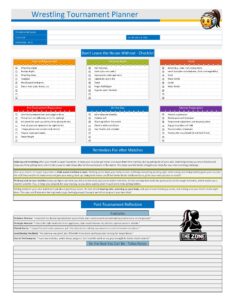 Section 8: Checklist for Tournament Day
Section 8: Checklist for Tournament Day
Your Essential Tournament Day Toolkit
For Emily, being well-prepared on tournament day is key to feeling confident and ready to compete. This comprehensive checklist covers everything she needs to bring and do, designed in a printable format for easy reference.
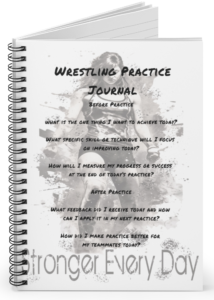
Section 9: Post-Tournament Reflection
Learning from Experience: The Art of Constructive Reflection
After the buzz of the tournament subsides, Emily takes time for post-tournament reflection, a crucial step in her growth as a wrestler. This process helps her understand her performance, recognize her strengths and areas for improvement, and set actionable goals for the future.
1. Importance of Reflecting on Performance
- Gaining Insight: Emily reviews each match to gain insights into her techniques, strategies, and mental state during the competition.
- Emotional Processing: Reflection also allows Emily to process her emotions – the excitement of victories and the disappointment of losses.
2. Constructive Self-Evaluation
- Objective Analysis: Emily strives to be objective in her analysis, identifying what worked well and what didn’t without being overly critical.
- Seeking Feedback: She discusses her performance with her coach and teammates to get different perspectives and constructive feedback.
3. Acknowledging Successes
- Celebrating Achievements: Recognizing her successes, no matter how small, is crucial for Emily’s confidence. Whether it’s executing a difficult move or maintaining composure under pressure, each achievement is worth acknowledging.
- Positive Reinforcement: This positive reinforcement motivates her to continue working hard and improving.
4. Identifying Areas for Improvement
- Specific Aspects: Emily identifies specific aspects of her wrestling that need improvement – it could be a particular technique, stamina, or mental focus.
- Learning from Losses: She views losses not as failures, but as opportunities to learn and grow.
5. Setting Future Goals
- Realistic and Achievable Goals: Emily sets realistic and achievable goals for her training and future tournaments. These goals are specific, measurable, and time-bound.
- Long-Term Vision: Alongside short-term goals, Emily also thinks about her long-term objectives in wrestling, which helps guide her overall training and development.
6. Planning the Next Steps
- Training Plan: Based on her reflection and goals, Emily updates her training plan with her coach, focusing on areas that need improvement.
- Mental Preparation: She also considers how she can enhance her mental preparation, such as refining her visualization and relaxation techniques.
Post-tournament reflection is a vital part of Emily’s journey in wrestling. It provides a foundation for continuous improvement, helping her become not just a better wrestler, but a stronger and more resilient athlete.
Conclusion: Embracing the Journey of Wrestling
As we wrap up this guide, it’s clear that Emily’s journey through wrestling is about much more than wins and losses. It’s a journey of growth, learning, and personal development. Let’s recap the key points that have guided her along the way:
- Understanding the Tournament Structure: Knowing the format and schedule helps in planning and mental preparation.
- Essential Gear and Equipment: Proper attire and safety gear are crucial for performance and protection.
- Nutrition and Hydration: Smart eating and drinking strategies are key to maintaining energy and focus.
- Comfort and Rest Between Matches: Utilizing downtime effectively aids in physical and mental rejuvenation.
- Mental Preparation: Techniques like visualization and positive self-talk enhance focus and confidence.
- The Support Team: The roles of parents, coaches, and teammates are vital in a wrestler’s journey.
- Post-Tournament Reflection: Reflecting on performance helps in identifying areas of success and improvement.
To all the young wrestlers embarking on or continuing their wrestling journey, remember to enjoy every moment of the experience. Each tournament is an opportunity to learn, grow, and develop not just as a wrestler, but as an individual. Cherish the victories, learn from the setbacks, and always keep striving to be your best.
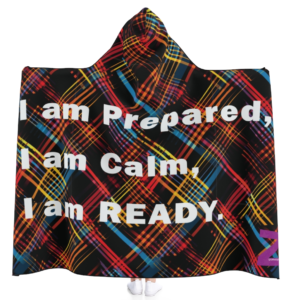
Call to Action
We encourage you, our readers, to share your own wrestling tips and experiences. What strategies have worked for you? How do you prepare for tournaments? Your insights could be invaluable to fellow wrestlers in our community.
And don’t forget to visit GirlsWrestlingStore.com for all your wrestling gear and equipment needs. Our store is dedicated to providing quality products tailored for young female wrestlers, helping you perform at your best.
Thank you for joining us on this exploration of a wrestler’s journey. Keep wrestling, keep learning, and keep growing!
Q&A: Wrestling Tournament Preparation Guide
Q: What are the different types of wrestling tournaments?
A: There are typical types of wrestling tournaments:
- Double elimination: This is the most common type of tournament, where wrestlers who lose a match are placed in a consolation bracket.
- Round robin: Each wrestler in a round-robin tournament wrestles every other wrestler in their pool. The wrestler with the best record at the end of the tournament wins.
- Dual: This is a team-based tournament where two teams compete against each other. Each team has a wrestler in each weight class, and the team with the most wins at the end of the tournament wins.
- Pool: This type of tournament is similar to a round-robin, but the wrestlers are divided into pools instead of one large group. The winner of each pool advances to the final bracket.
Q: What kind of gear do I need for a wrestling tournament?
A: You will need a singlet, wrestling shoes, headgear, mouthguard, and knee pads. You may also want to bring a spare singlet, socks, and hair ties.
Q: What should I eat and drink before and during a wrestling tournament?
A: You should eat a balanced diet of carbohydrates, protein, and healthy fats in the days leading up to a tournament. You should also stay hydrated by drinking plenty of water and electrolyte-rich fluids. On the day of the tournament, you should eat a small, easily digestible meal before your first match. Between matches, you can snack on fruits, vegetables, and nuts.
Q: How can I stay mentally prepared for a wrestling tournament?
A: There are a few things you can do to stay mentally prepared for a wrestling tournament:
- Visualize success: Close your eyes and imagine yourself winning your matches.
- Practice positive self-talk: Tell yourself that you are capable of achieving your goals.
- Set realistic goals: Don’t expect to win every match, but set goals for yourself that you can achieve.
- Focus on the process: Don’t worry about the outcome of your matches. Focus on wrestling your best and controlling what you can control.
- Relax and have fun: Don’t put too much pressure on yourself. Wrestling is a sport that you should enjoy.
Q: How can I recover from a wrestling tournament?
A: It is important to take some time to recover after a wrestling tournament. Here are a few tips:
- Get plenty of rest: Your body needs time to repair itself.
- Eat a healthy diet: You need to replenish the nutrients that your body has lost.
- Stay hydrated: Continue to drink plenty of water and electrolyte-rich fluids.
- Stretch and ice: This will help to reduce muscle soreness.
- Get a massage: This can help to relieve muscle tension and improve circulation.
Q: What are some resources that I can use to learn more about wrestling?
A: There are many resources available online and in libraries that you can use to learn more about wrestling. You can also talk to your coach or other experienced wrestlers for advice.
Q: What are some of the benefits of wrestling?
A: Wrestling is a great sport that can provide many benefits, both physical and mental. Some of the benefits of wrestling include:
- Improved fitness
- Increased strength and endurance
- Greater flexibility and coordination
- Improved self-confidence
- Increased discipline and focus
- Better stress management skills
- Stronger friendships and teamwork skills
Conclusion:
Wrestling is a challenging but rewarding sport. By following the tips in this Q&A, you can prepare yourself physically and mentally for a successful tournament.
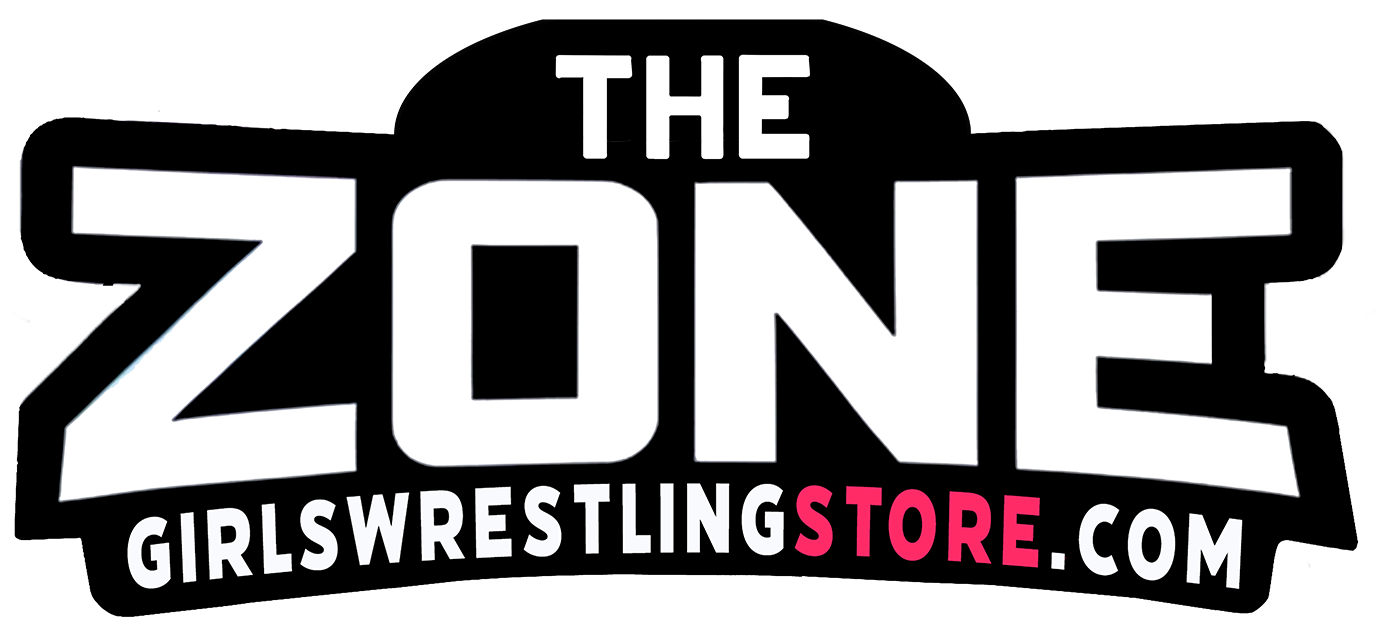

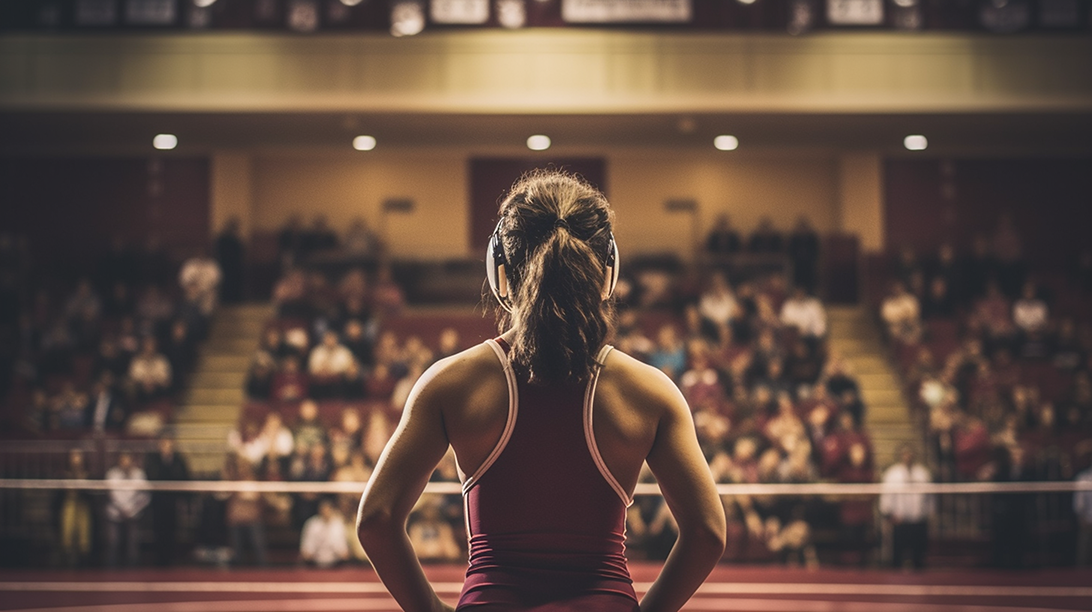
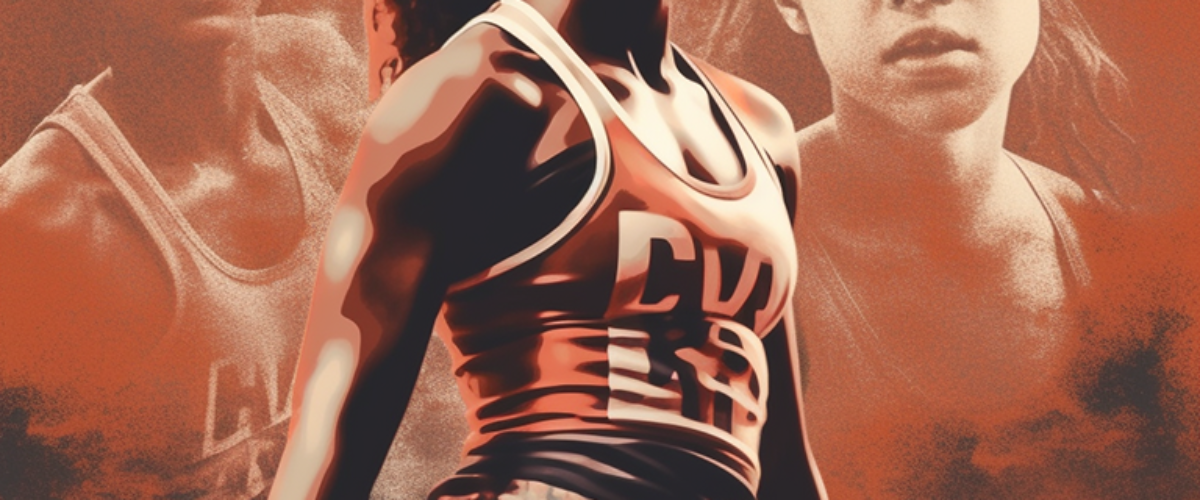




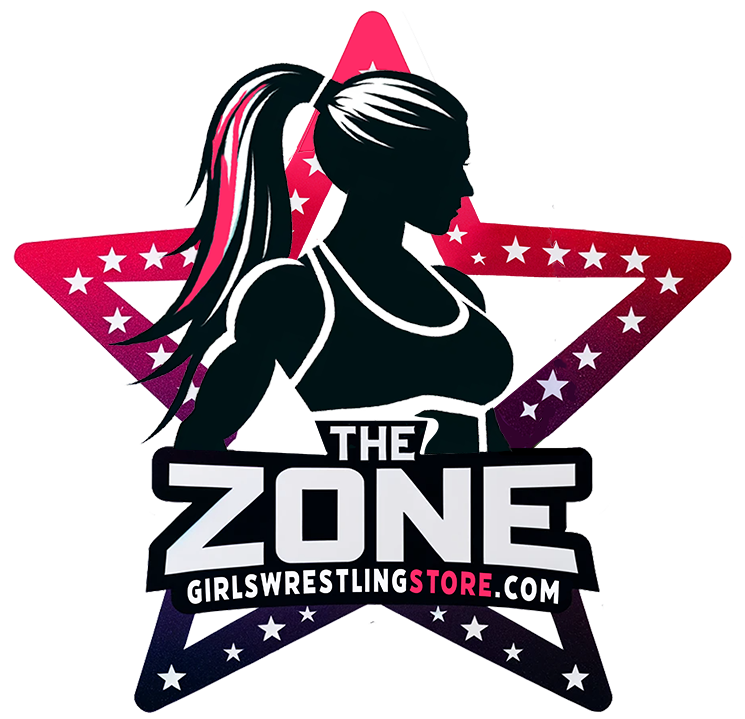

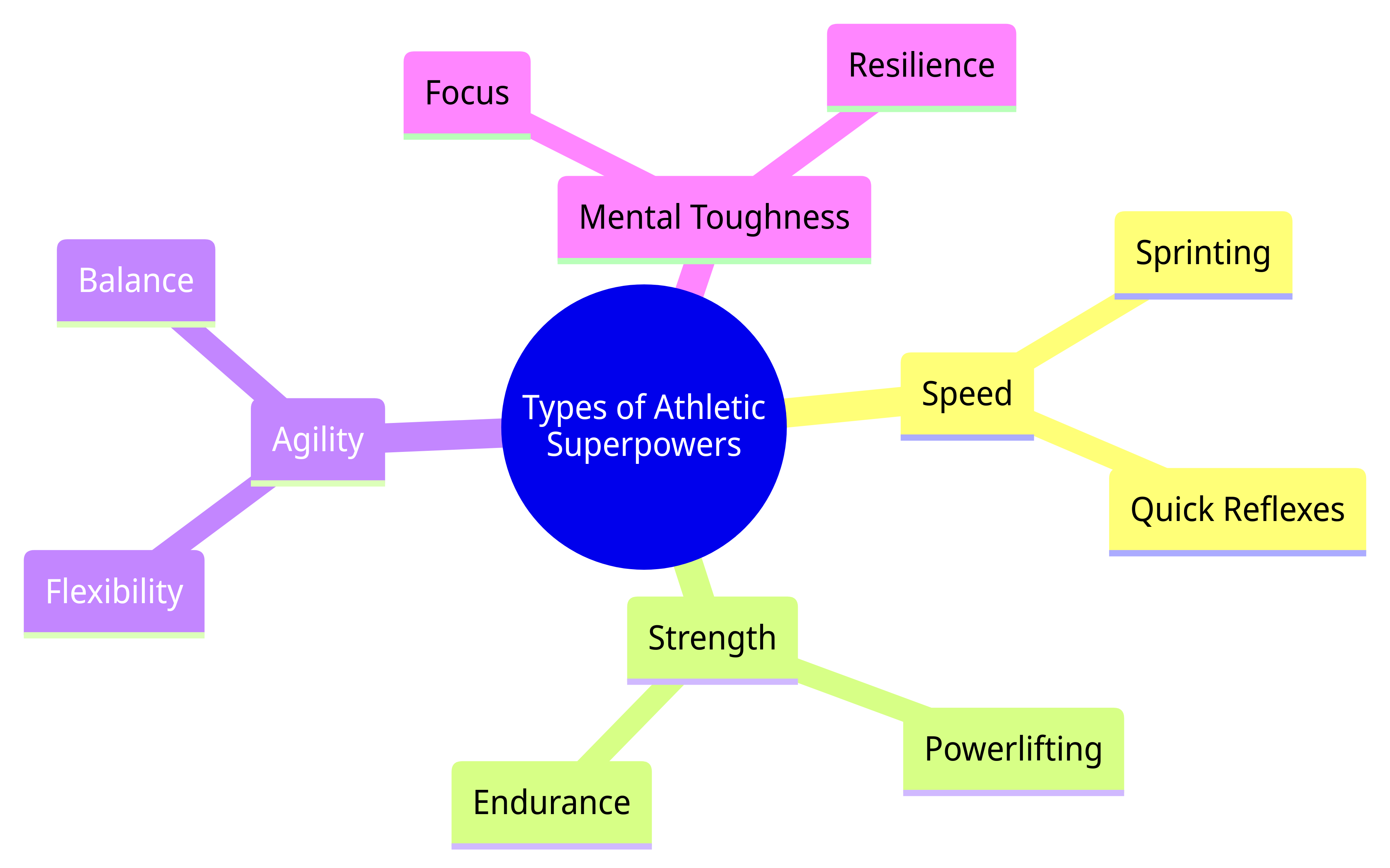
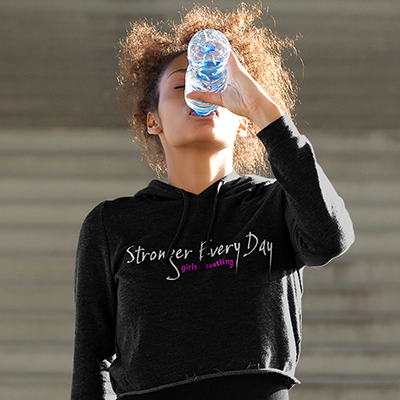
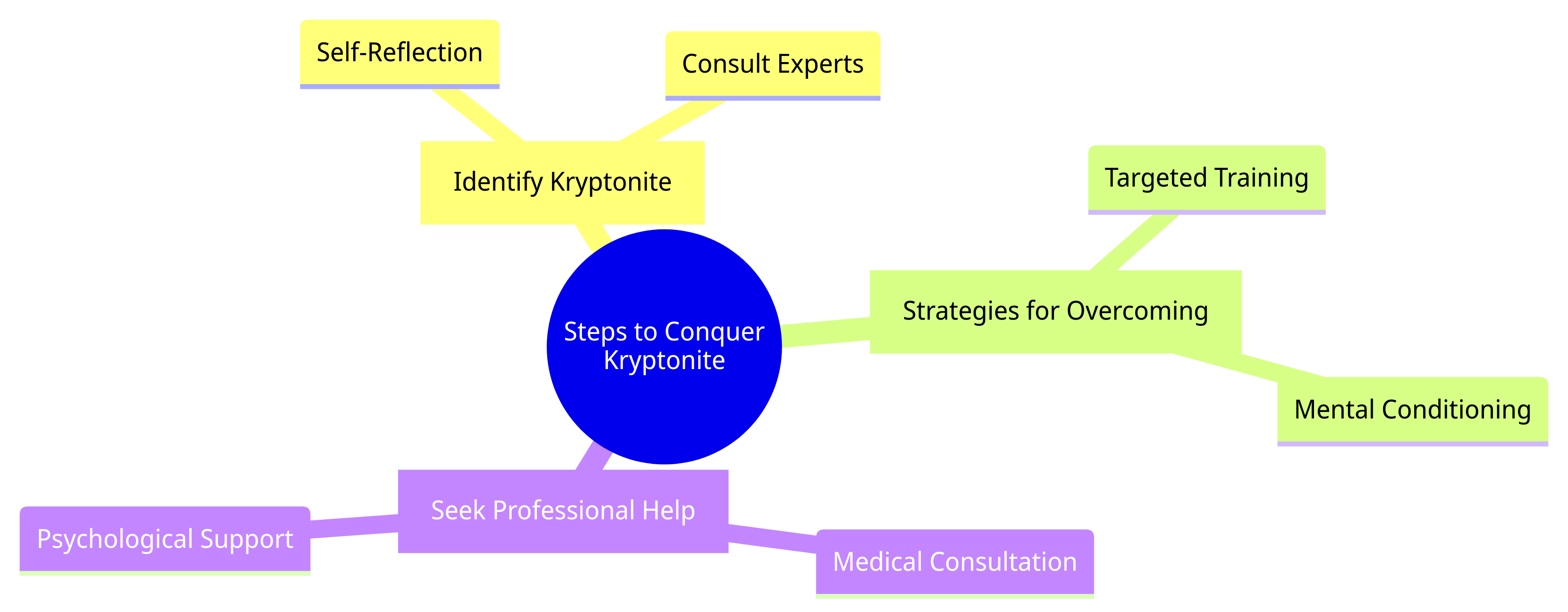

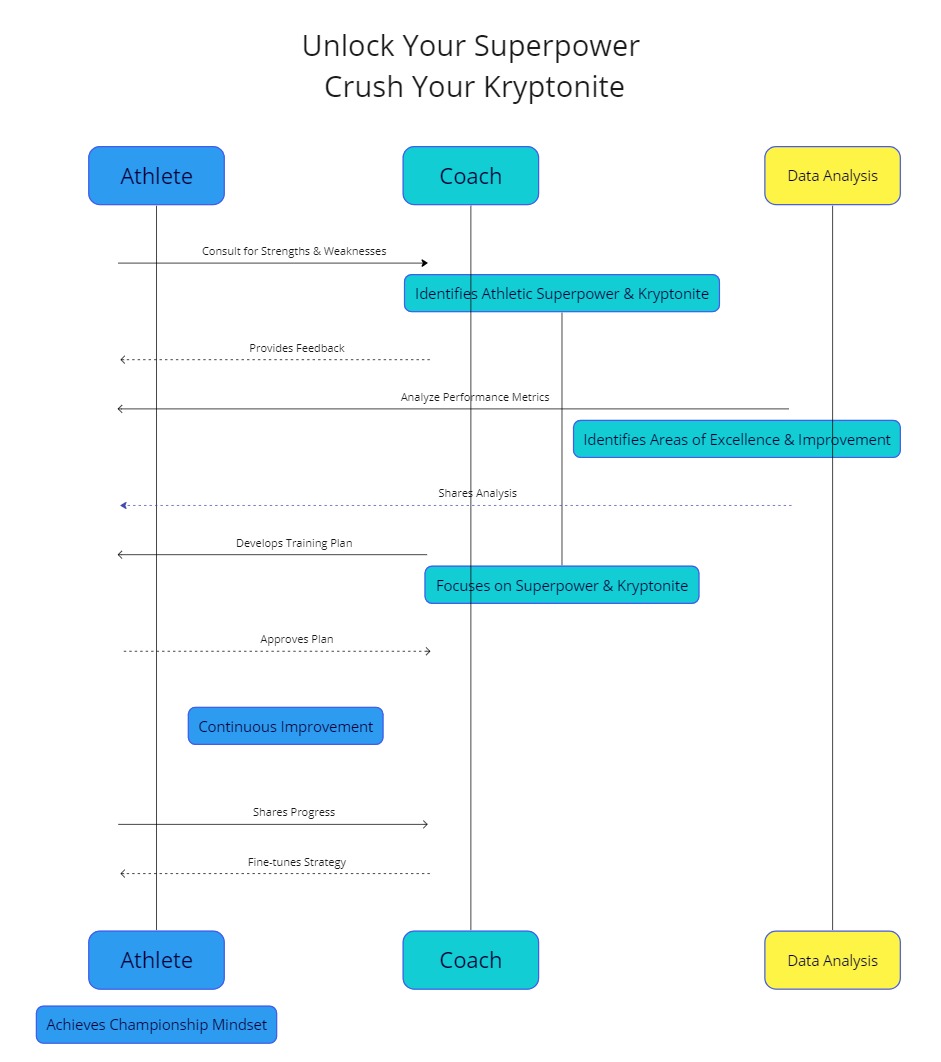


 1. Positive Self-Talk
1. Positive Self-Talk
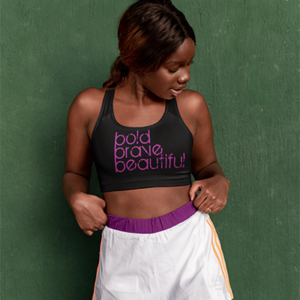


 THE POWER OF SELF-BELIEF
THE POWER OF SELF-BELIEF
 Meditation for Mental Strength
Meditation for Mental Strength




 The Importance of High Nutrient Foods
The Importance of High Nutrient Foods